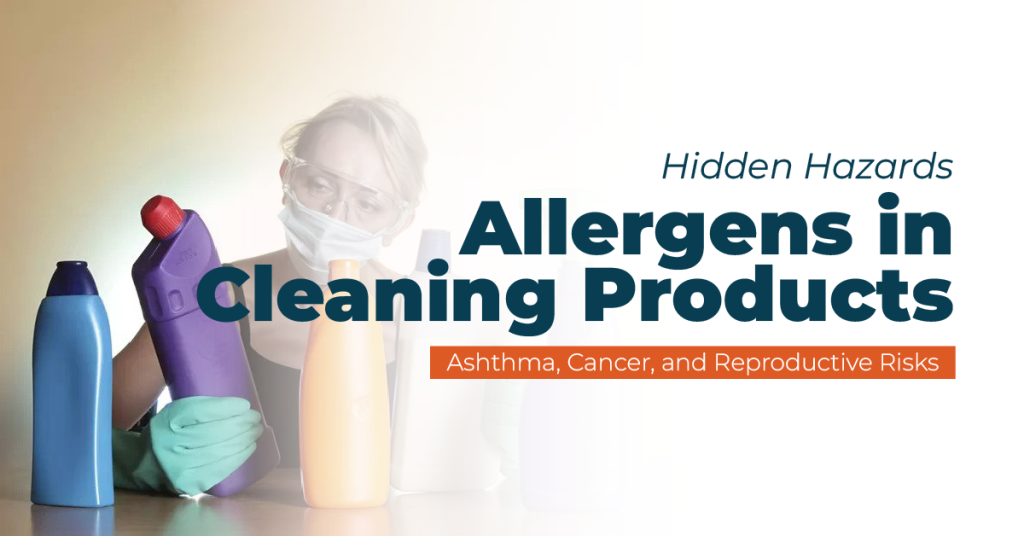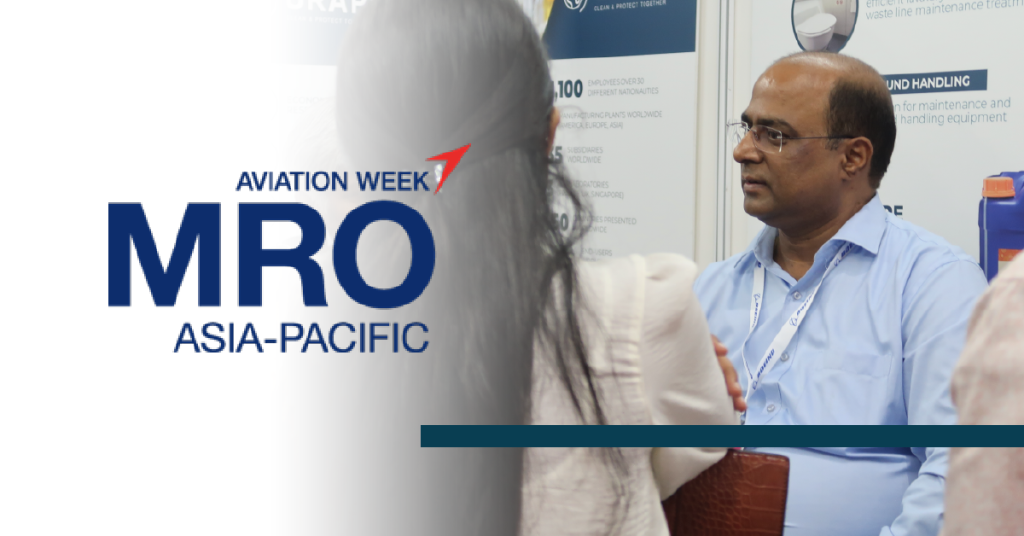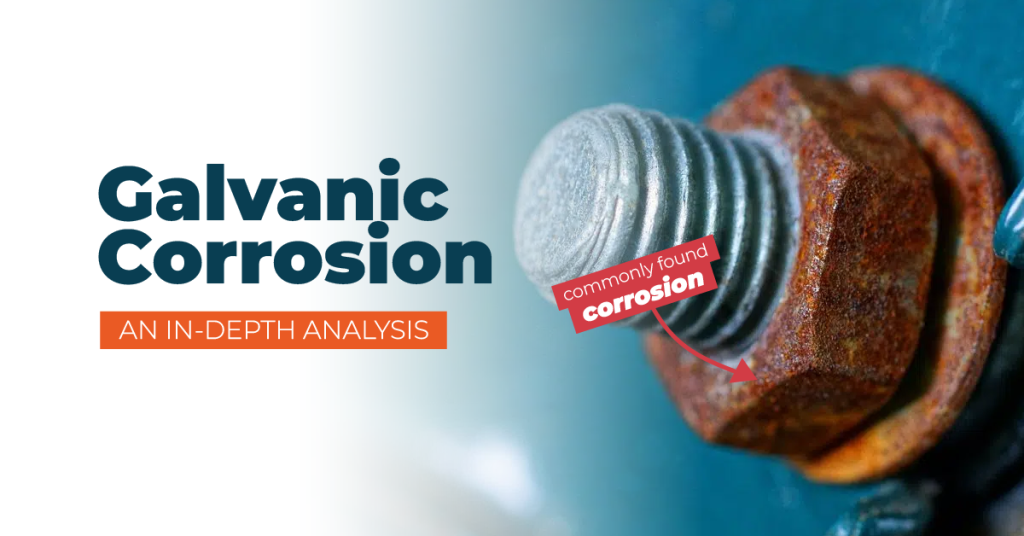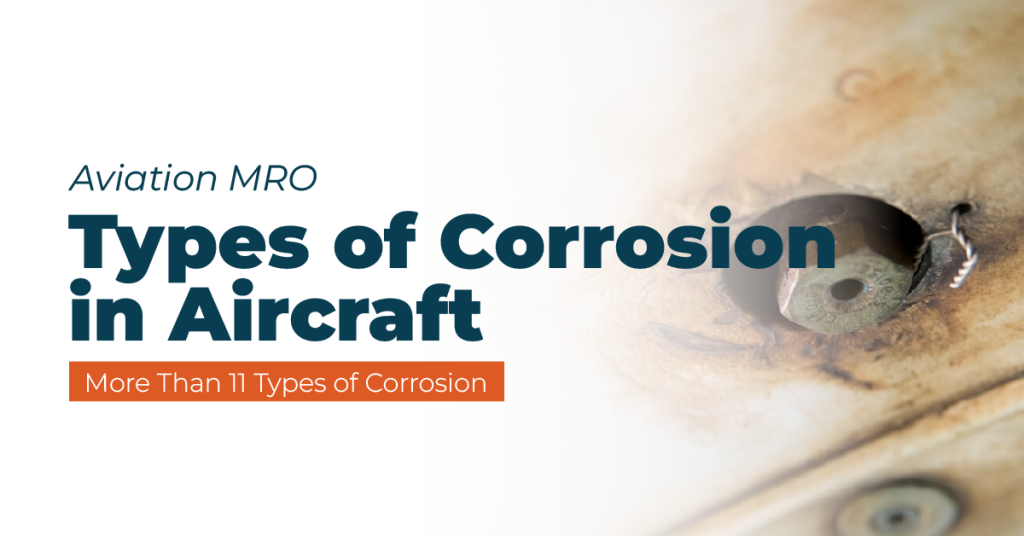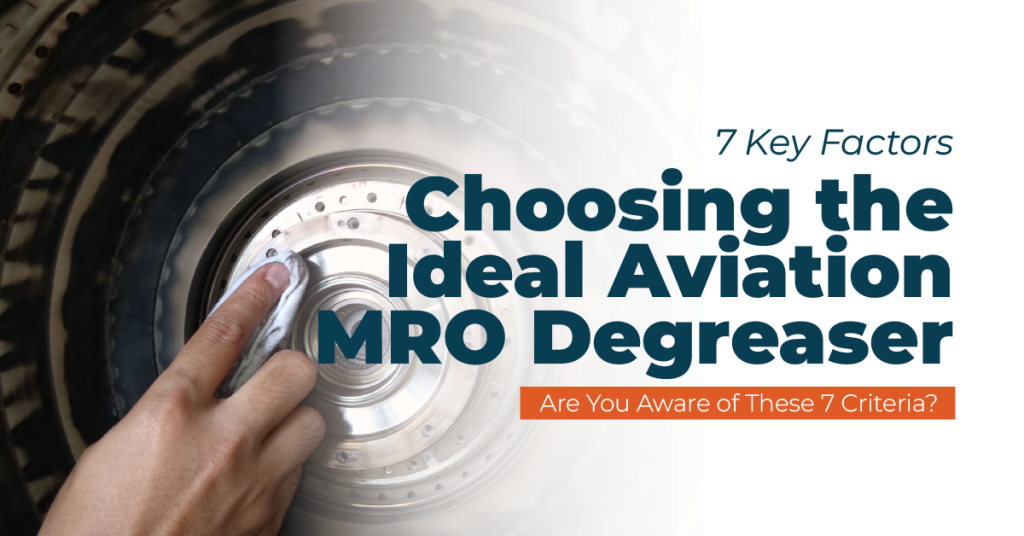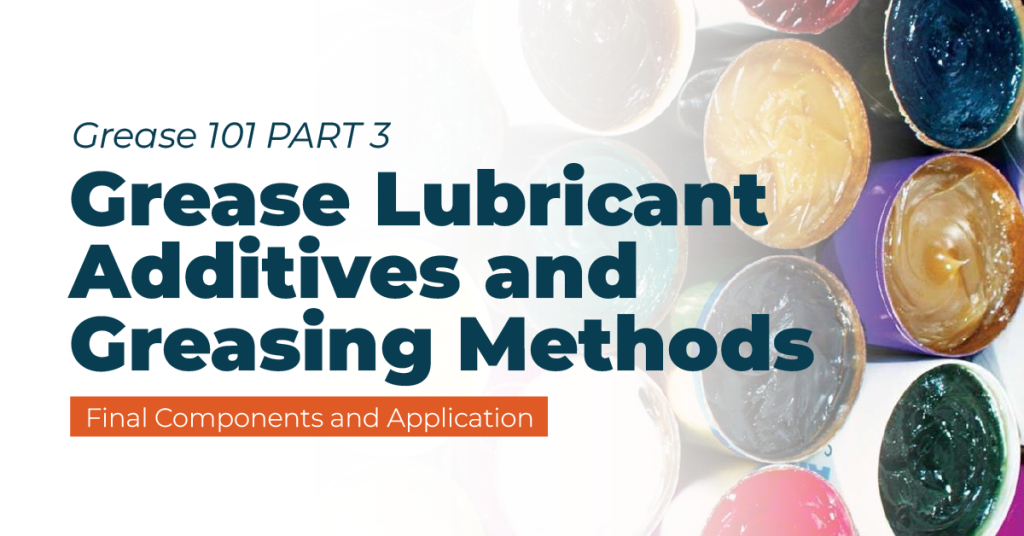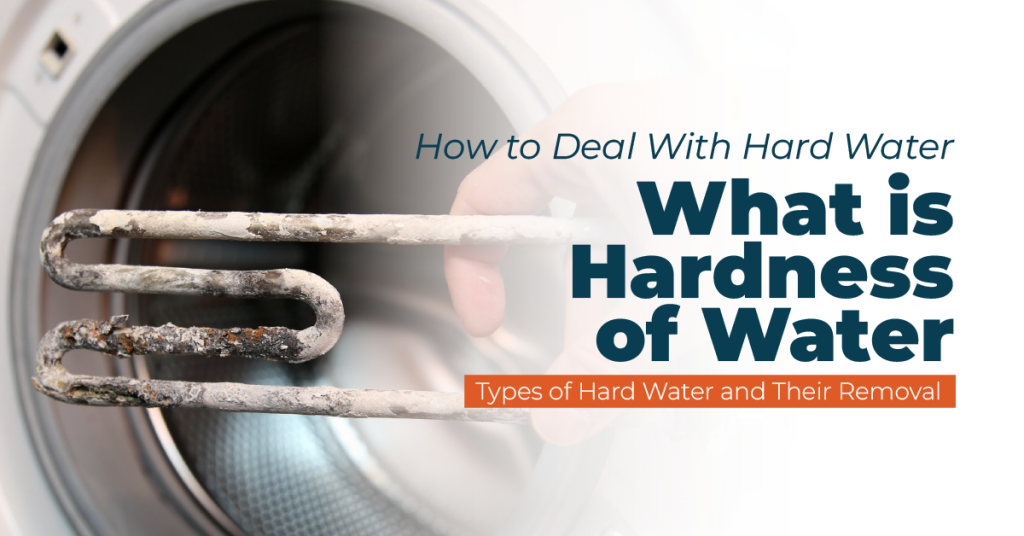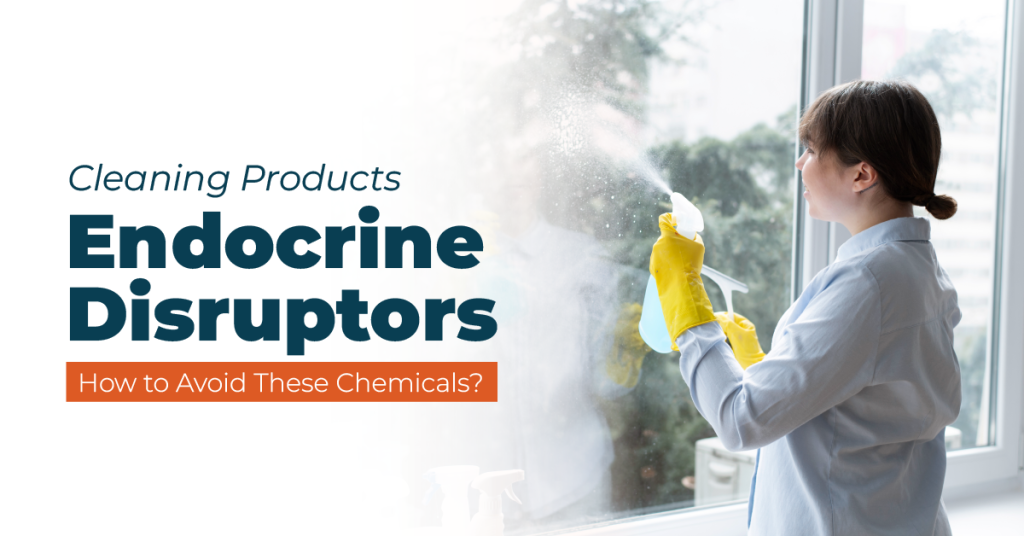
Endocrine Disruptors in Cleaning Products
Cleaning products often contain harmful chemicals, including endocrine disruptors, which can adversely affect your health. When you clean your spaces, it’s not only about aesthetics but also about maintaining hygiene and safeguarding your well-being. It would be unfortunate if the products you rely on for cleanliness end up compromising your health. This article will provide guidance on how to address this concern. Also read: Hidden Hazards: Allergens in Cleaning ProductsWays to Improve Indoor Air Quality With Cleaning and HygieneThe Science

